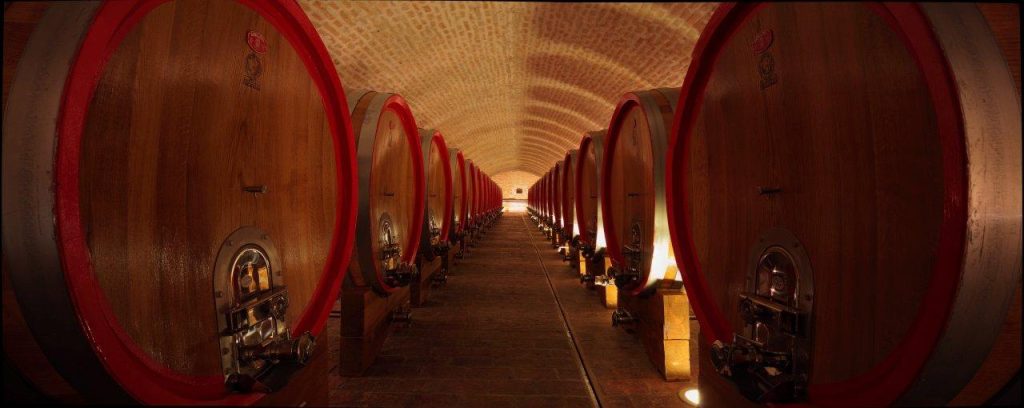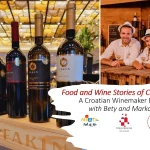August 2, 2019 – The busy Croatian association WOW (Women on Wine) has recently elected the best winemaker of the year according to their exclusively female members, for the 8th time in a row. The girls and women of WOW have their regular monthly gatherings and wine tastings all year long, but their most prominent festival is the legendary Pink Day, dedicated exclusively to rose wine. One would expect that the focus in the group is also solely on rose wines, but they are keen to stress and underline the fact that they are promoting all good wines and moderate drinking. And, of course, they are more than ready to promote and support women winemakers, oenologists, sommeliers, wine merchants…If we don’t count Pink Day, the most important yearly WOW event is their birthday, always celebrated in summer – which is also the award-winning event at the same time.
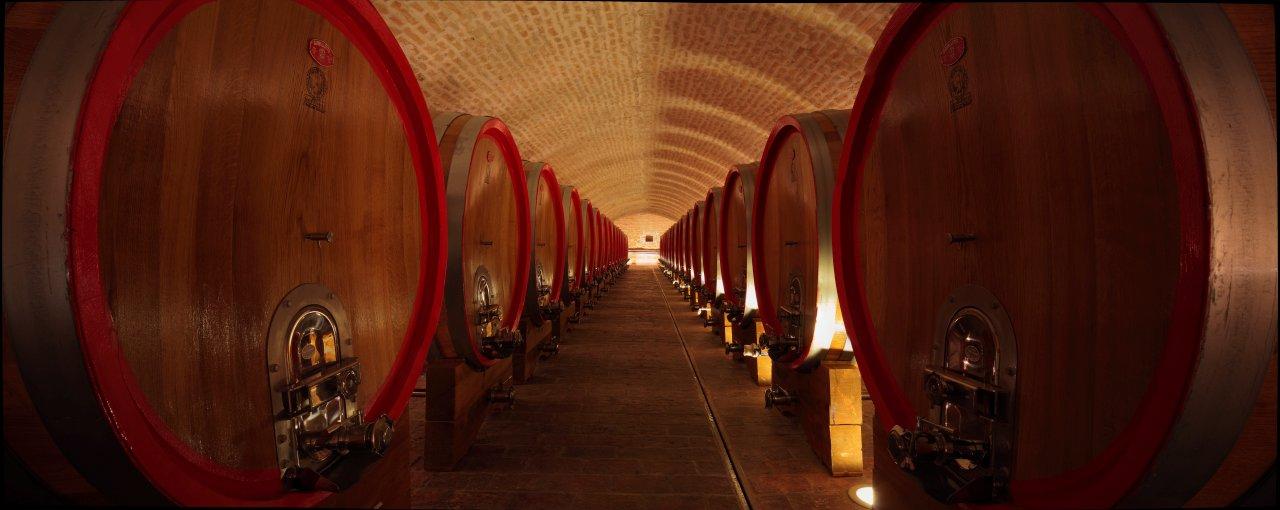
The first step of this ever more relevant national choice is the pre-selection wine list made by an esteemed Croatian sommelier. He/or rather – she, when possible, lists white wines, rose, reds, sparkling and dessert wines, and WOW members have an opportunity to vote for their favourites – from the list. This year the role of the selector was taken by the famous Filip Savić of Noel2 from the newly open Istrian luxury hotel – San Canzian Hotel & Village. The members, then, vote by e-mail – sending a message to all – as to what really agrees with their female palate. The final step is a blind tasting by three female wine connoisseurs. They choose the best from the 12 finalists – in every category and the overall winner – who is awarded the title WOW Grand Prix and the trip to a wine region of the world. This year’s final jury consisted of the sommeliers Karin Rupena Perdec and Ines Matić plus Doris Srpek of the legendary wine shop and wine bar Bornstein.
The sponsor of this year’s trip was Belje, so the designated area for the trip was a visit to Belje in Baranya and over the board to Villány region in Hungary. The winner, Marko Fakin, a young Istrian winemaker, and a rising wine-star who has already been awarded with many Decanter medals, went on a trip accompanied by his wife Bety Prodan Fakin, son Mišel and the president of the association, Sanja Muzaferija. The first stop was Belje with the impressive 650 hectars of vineyards mostly planted with Graševina variety. The hostess of this trip was Belje’s head of marketing Ljiljana Vajda Mlinaček with her all-women associates who were more than welcoming and took the WOW winner all over the company giving him and his party a chance to see interesting things in Baranya of which they are many. The region is characterized by its multiculturalism, the river Danube and the Nature Park Kopački rit, one of Europe’s largest marshlands.

One of the more interesting things to see was the production of Baranya kulen as an indigenous delicacy produced in this region. Baranya’s kulen is produced according to the old artisans’ recipes for almost one hundred years. The production is sophisticated, as each kulen requires best-quality pork and red paprika. Once the meat is stuffed by hand into the natural casing, the so-called „katica“, the kulen is smoked on natural beechwood smoke for several days and then goes through a maturing process for a minimum of three months. It is because of the traditional recipe and the best pieces of meat used for its production that Baranya’s kulen has become a delicacy which hardly any cured meat lover could resist. It bears the EU geographic origin stamp as a guarantee of its high quality, traditional recipe and traditional way of production.
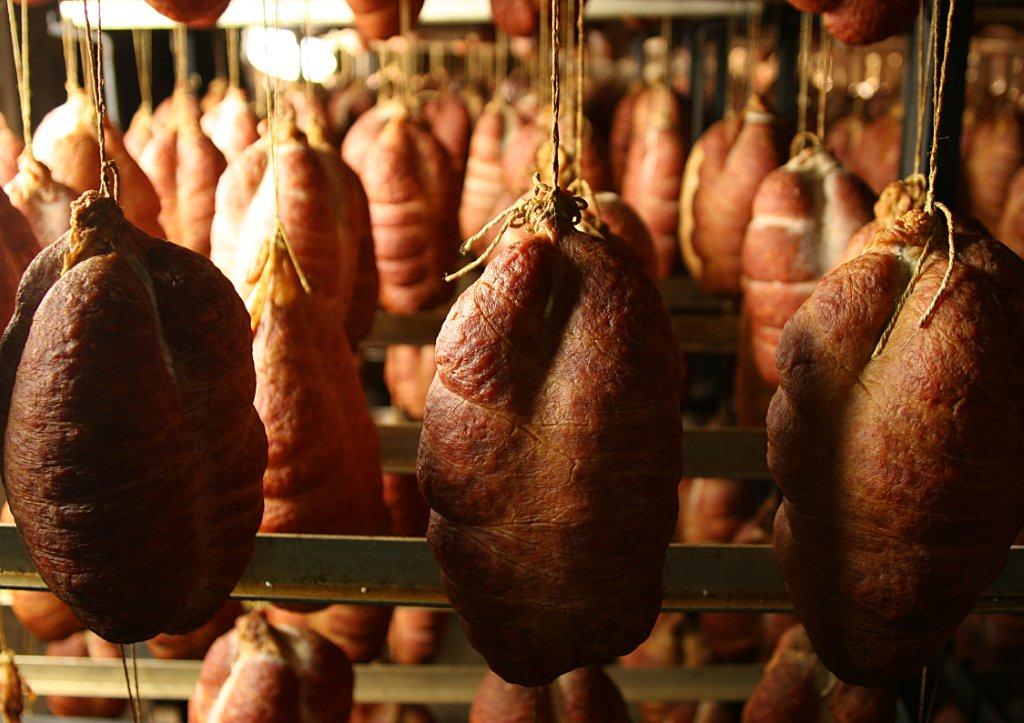
However, for the youngest member of this party, Mišel Fakin (5), Kopački rit Nature Park was probably the most interesting part of the trip, although he, as the winemaker’s son, actually likes cellars and barrels, too. The greenest waters and forests in the whole of Slavonia are to be found in Kopački rit. The Park covers the wetland area around the confluence of Drava and Danube rivers, near Osijek. Covering a total of 238 hectares it is one of the largest natural wetlands in Europe and as such has been recommended for inclusion in the UNESCO List of Natural Heritage. Large herds of deer are practically a trademark of Kopački rit, even though herds of wild boar are just as large. There are other mammals in the Park, but far more numerous are the birds, a total of 300 different species, of which the most important are the very rare and protected species: white-tailed eagle and black stork. The best way, however, to tour the Park is on excursion boats which are able to reach even the shallow, swampy backwaters and that’s exactly what the winning party has done.
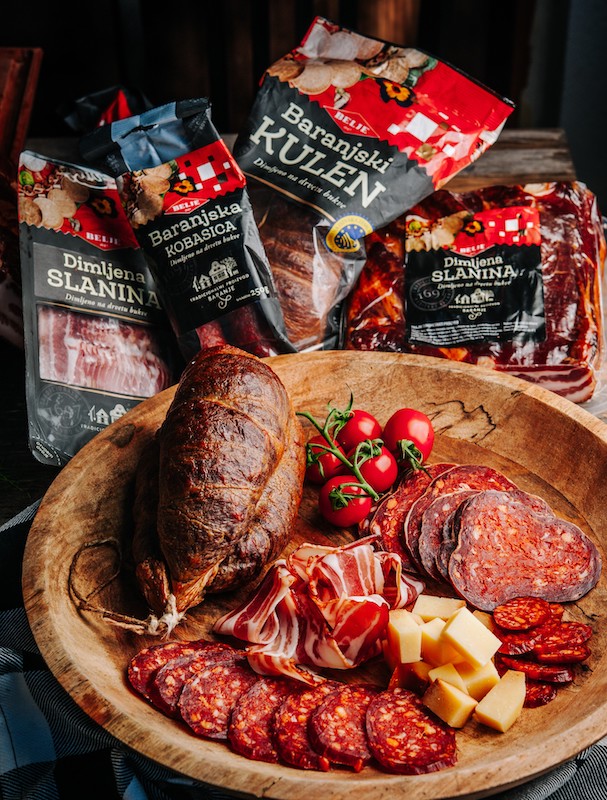
The main focus of the trip was the visit of Hungarian wineries in the nearby Villány region, maybe the most well-known wine region of the country. The winemaking tradition here can be traced back to the ancient Romans, and winemaking has always played an important role in the region, regardless of the nationality of its residents. Romans, Hungarians, Germans and Serbs have all contributed with new varieties, new techniques and technologies, expanding the skills and traditions of the centuries. This rich winemaking tradition peaked in the 18th century, when Serbs brought in the Kadarka variety which proved to be popular, and a little later, when ethnic German settlers brought in their famous work ethic, accuracy and also the Portugieser variety. After the transition to the market economy in Hungary, the wineries in Villány played a pioneering role in establishing Hungarian wine culture.
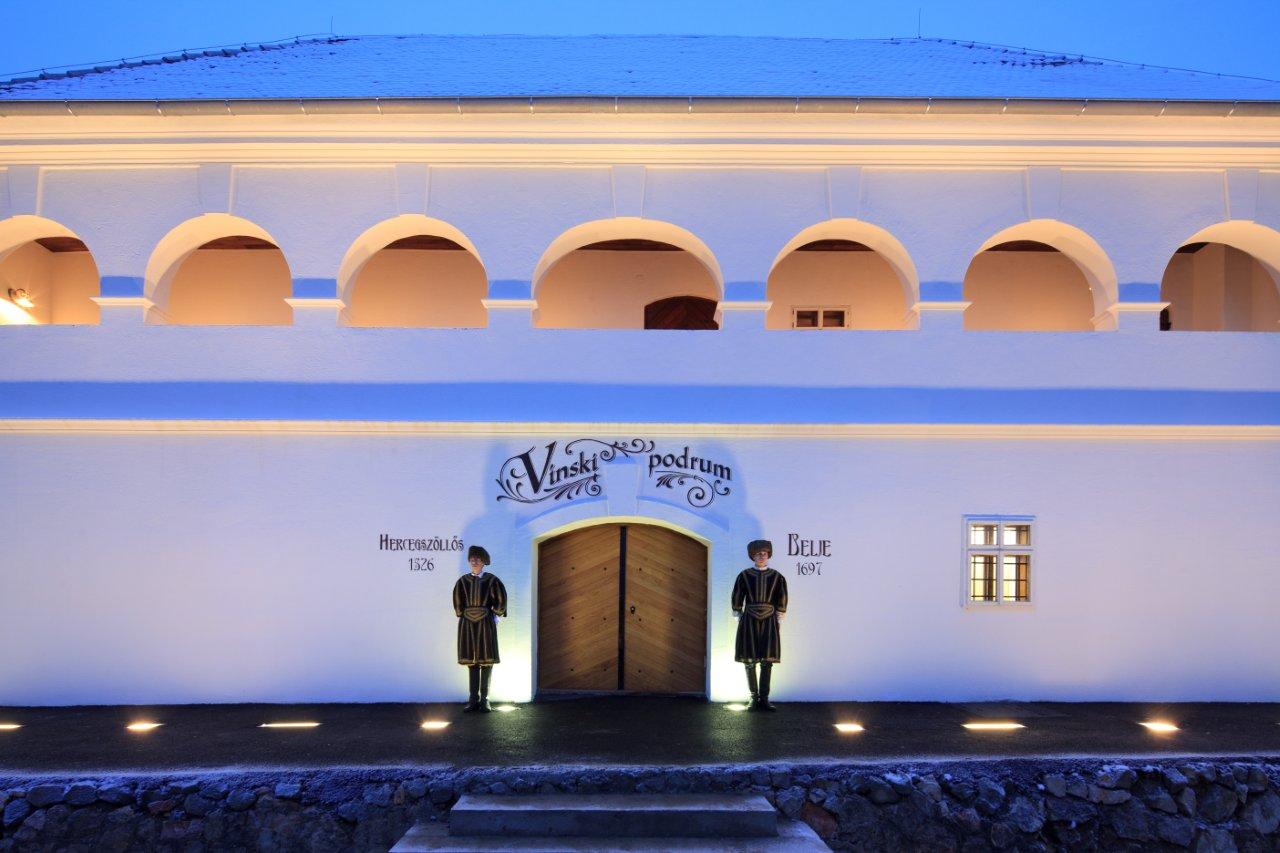
The total area of Hungary’s most southern wine region with a sub-mediterranean climate does not exceed 4500 hectares, and only 2500 hectares are used for the growing vines. Winemakers Tiffán, Gere, Polgár and Bock were subsequently awarded the Winemaker of the Year titles in the 1990s. Although the Villány terroir provides the best results with world varieties and the most prominent wines are made from these grapes, a true Villány winery has to offer Portugieser to its guests as well. Marko Fakin and his party have paid a visit to three prominent wineries: Gere, Bock, and Sauska. Attila Gere is one of the most prominent winemakers and has a very wide range of wines: from fresh whites to the powerful reds like his label Grand vin Cabernet Sauvignon or, tzpicaly, Cabernet Franc. Croatian “team” has tasted seven of his wines of which Marko Fakin preferred Solus label.
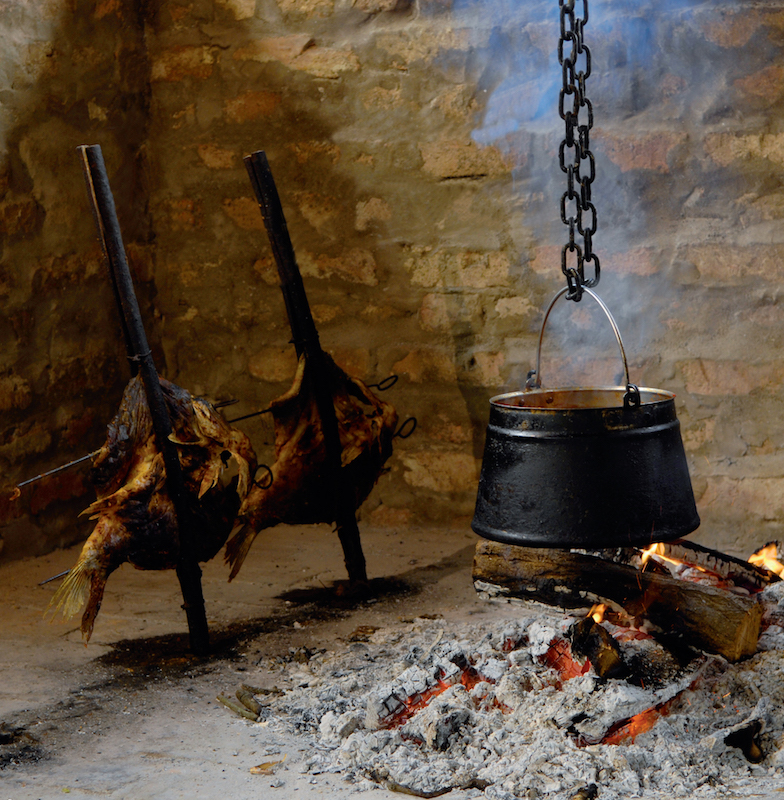
The next stop was a visit to the Bock winery, one of the biggest in Villány with the production of one million bottles a year. Interestingly, most of the production is being sold at home, in Hungary, although he exports widely, partly in Denmark where he owns a bistro.
Since the Villány region also plays a pioneering role in gastronomy and related services in Hungary – the last visit was to Sauska winery and fine cuisine restaurant. A beautifully refurbished place with great food and equally impressive wines was a pure delight for the end of the trip. Marko Fakin loved the wines but his personal favourite was the wines from Sauska’s other winery, the one in Tokay.
To read more about lifestyle in Croatia, follow TCN’s dedicated page.

